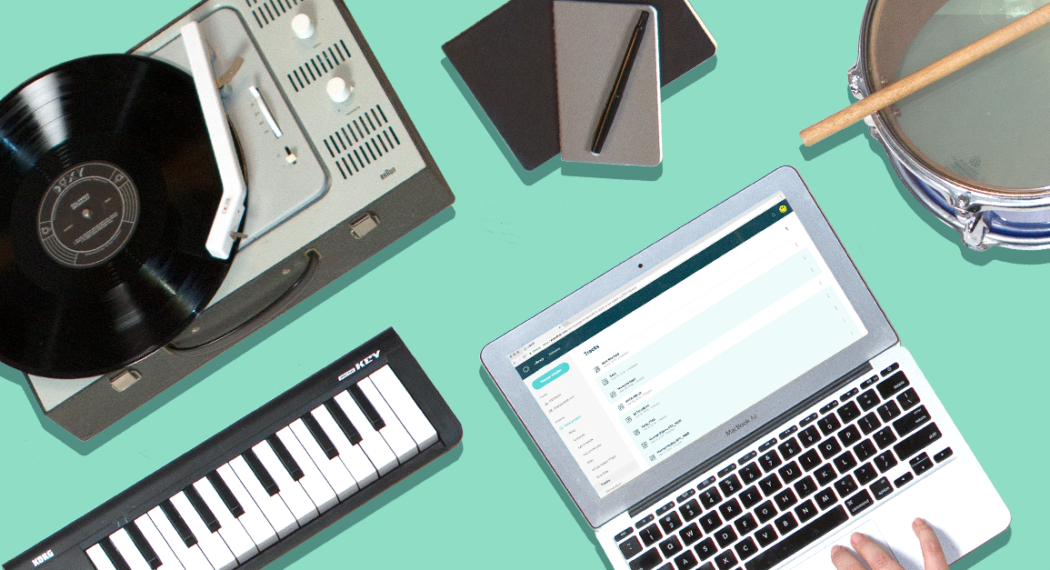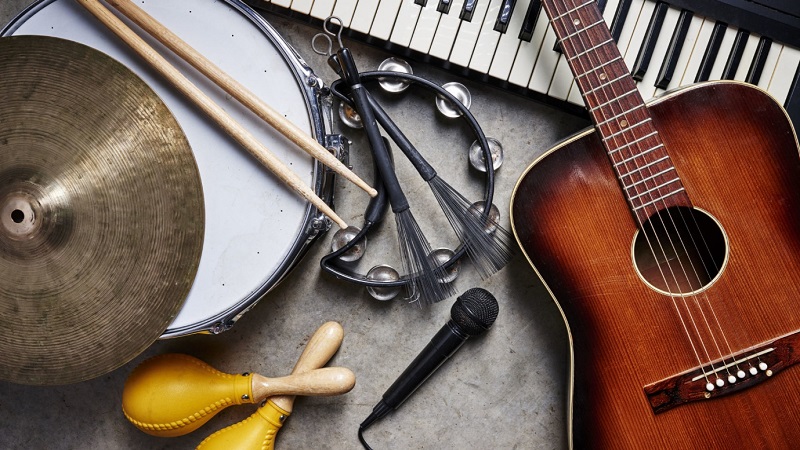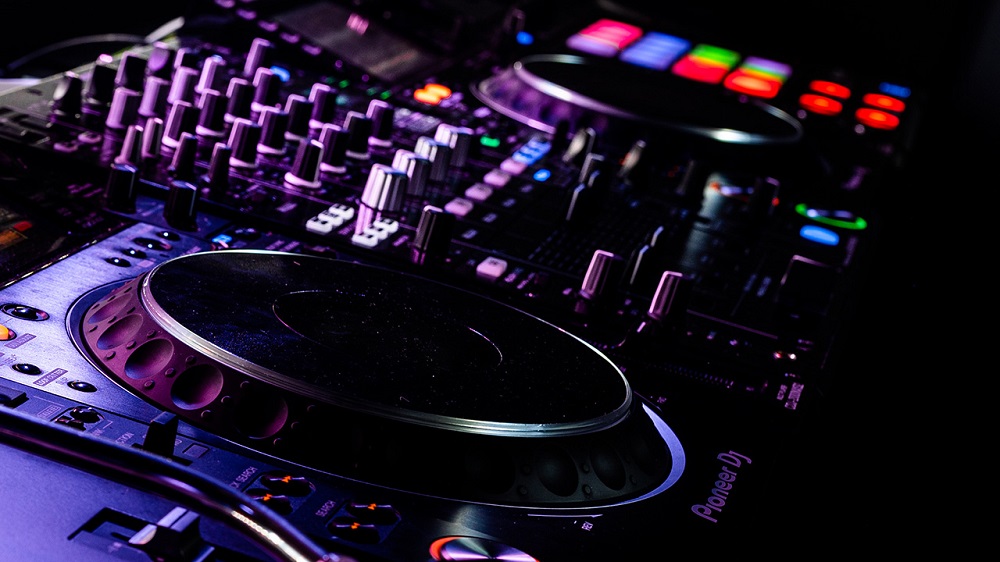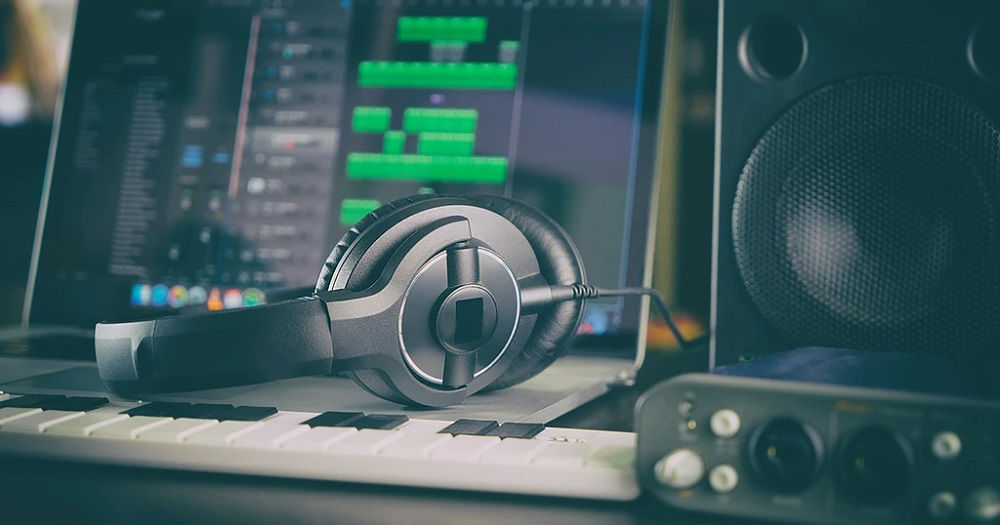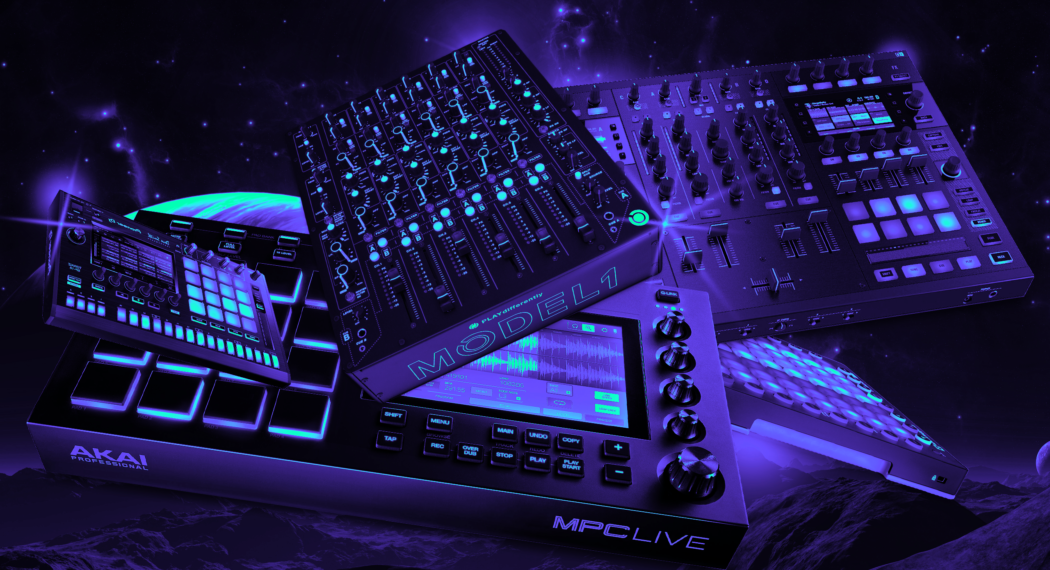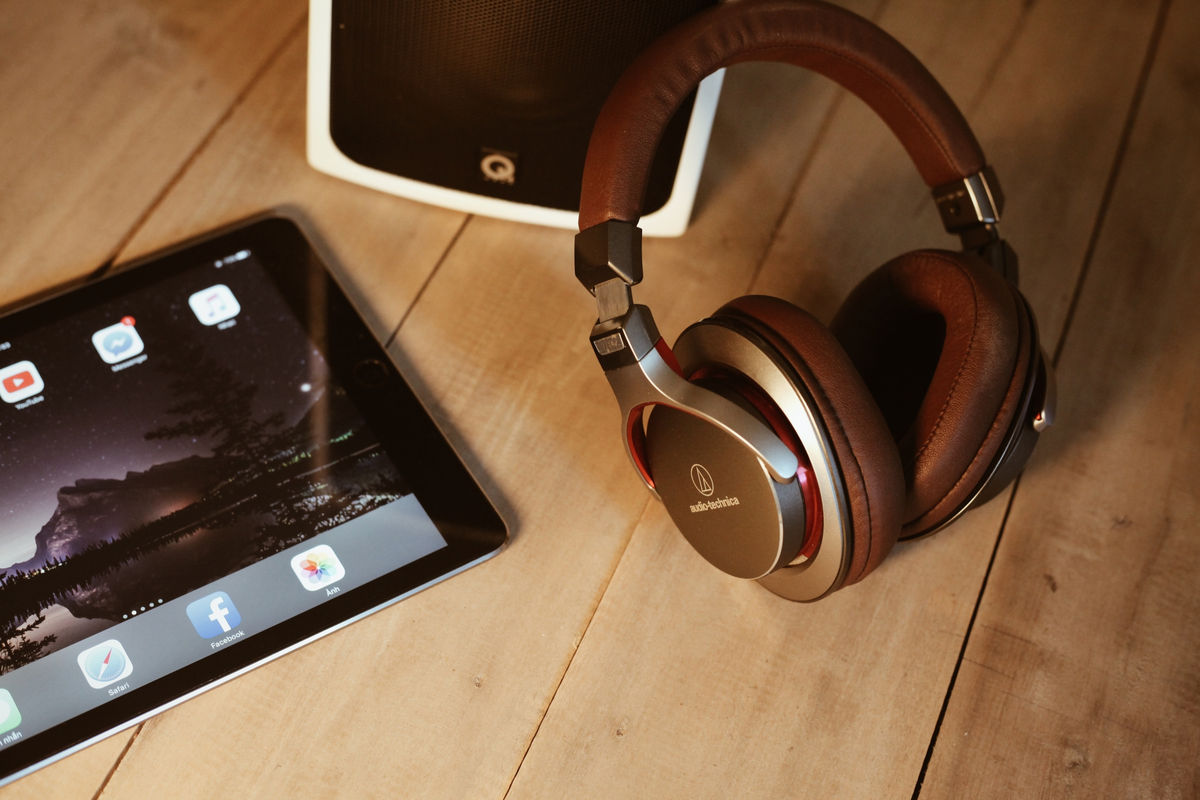Digital music distribution has revolutionized the way music is distributed and consumed. As an independent artist or label, it’s important to understand how digital music distribution works and how to take advantage of it. In this guide, we’ll cover everything you need to know about digital music distribution.

-
What is Digital Music Distribution?
Digital music distribution refers to the process of distributing music digitally through online platforms such as streaming services, download stores, and social media. It allows artists and labels to reach a wider audience and make their music available to fans all over the world.
-
How Does Digital Music Distribution Work?
To distribute your music digitally, you’ll need to choose a digital music distribution service. These services act as a middleman between you and the various online platforms where your music will be distributed. You’ll upload your music and album artwork to the distribution service, and they will handle the rest, including delivering your music to platforms like Spotify, Apple Music, and Amazon Music.
-
Benefits of Digital Music Distribution
One of the main benefits of digital music distribution is the ability to reach a wider audience. With millions of people streaming music every day, digital distribution can help you get your music in front of more fans. Digital distribution also allows for easier access to data and analytics, which can help you better understand your audience and make informed decisions about your music career.

-
Choosing a Digital Music Distribution Service
When choosing a digital music distribution service, it’s important to consider factors such as pricing, distribution channels, and support. Some popular options include TuneCore, CD Baby, and KamiRecords, but there are many other services available as well.
-
Tips for Successful Digital Music Distribution
To make the most of your digital music distribution, it’s important to promote your music and engage with your fans. Use social media to share your music and connect with fans, and consider collaborating with other artists and influencers to reach a wider audience. Additionally, make sure your metadata and album artwork are high-quality and accurately reflect your music.
In conclusion, digital music distribution is a powerful tool for independent artists and labels looking to reach a wider audience and make their music available online. By choosing the right distribution service and following best practices for promotion and engagement, you can maximize the potential of your music and grow your fanbase.

